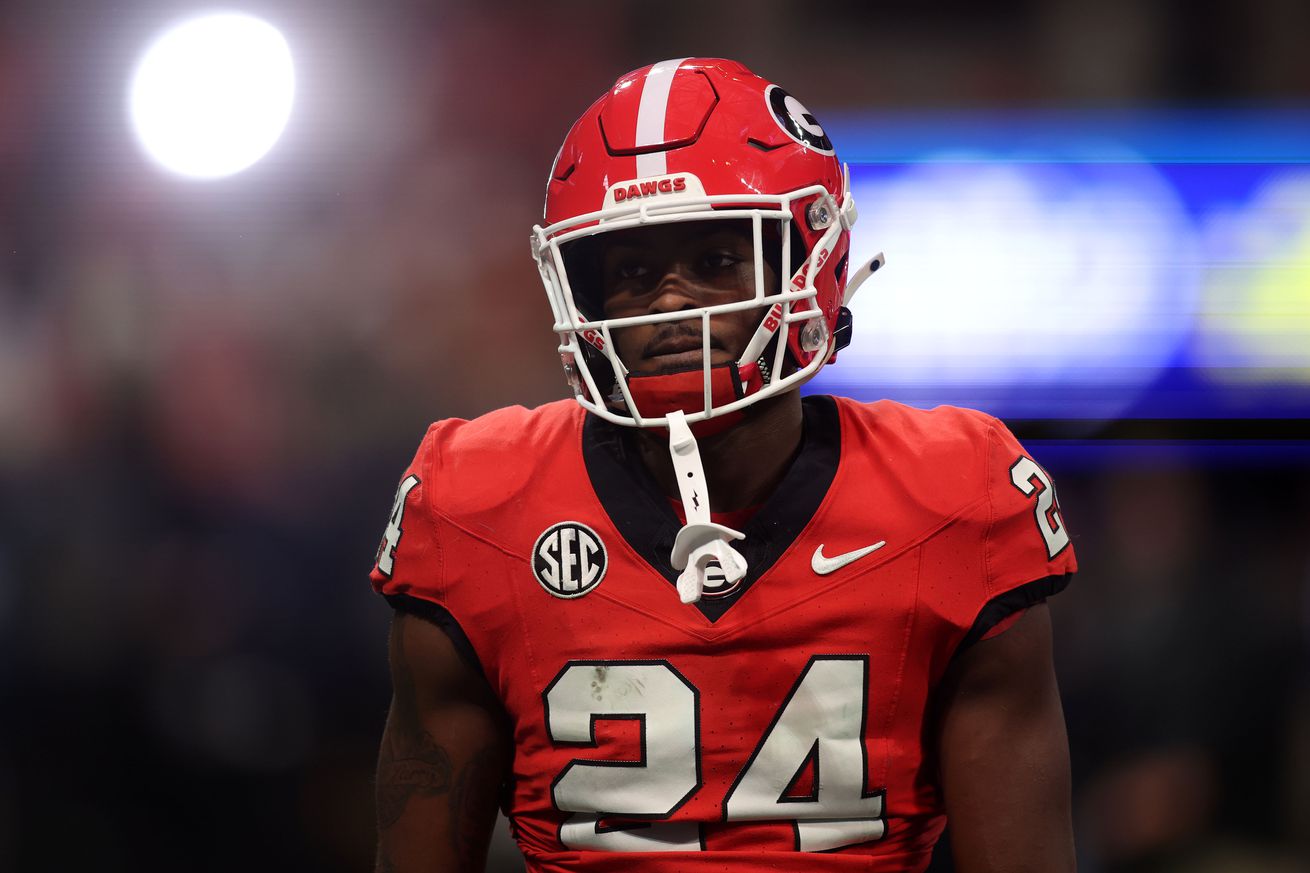
How will the Ravens’ incoming rookies fit into the roster for their first season?
Now a week removed from draft weekend, time has allowed us to further digest the Baltimore Ravens’ loaded rookie class. The Ravens drafted 11 prospects in total, giving themselves a stacked group of fresh young talent for the upcoming 2025 season.
The performances of each incoming rookie during the forthcoming summer activities will go a long way in determining their role for the year. So too will other factors like potential injuries, trades, or additional free agent signings.
However, while it’s still early on, we can make a projection as to what role each prospect will have for the Ravens in 2025 based on their skill set, position group, and potential.
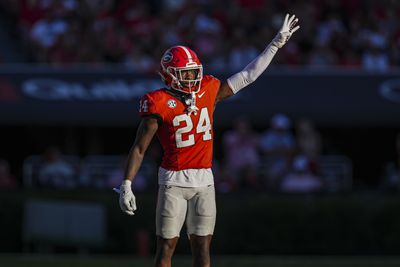
Dale Zanine-Imagn Images
Malaki Starks
The Ravens’ first-round draft pick should be primed to fill a big role on defense right away. Starks may not technically be listed as a starter early in the season, as that title may belong to incumbent Ar’Darius Washington alongside Kyle Hamilton. However, expect Starks to play significant snaps from the jump in multiple-safety sets — and look for his playing time to only increase as the season progresses.
While he has room for improvement and refinement like any rookie, Starks already possesses a polished all-around skill set. His combination of tackling in run defense, pass coverage abilities, and intangibles figure to translate at the professional level from day one.
Role: Starting Free Safety
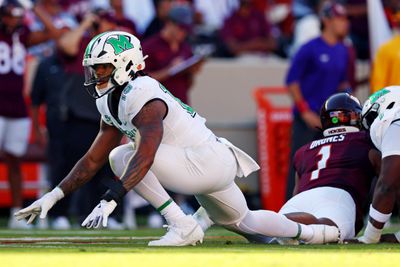
Peter Casey-Imagn Images
Mike Green
Marshall’s Mike Green, whom the Ravens drafted with the No. 59 overall pick, was an excellent value pick. If not for off-the-field concerns, Green was very likely to be a first-round draft selection. Green led all FBS players in sacks last season (17) while also adding 84 total tackles, three forced fumbles, and two passes defended.
Green will play a factor in the Ravens’ edge rusher rotation right away behind Odafe Oweh and Kyle Van Noy. Green will push the likes of Tavius Robinson, Adisa Isaac and David Ojabo for snaps early, with his role likely to expand throughout the season.
Role: Rotational Edge Rusher
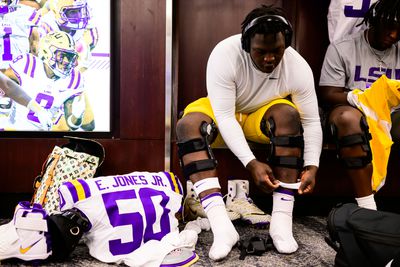
Photo by Gus Stark/LSU/University Images via Getty Images
Emory Jones
While he played right tackle at LSU in college, many project Emory Jones will be better suited at offensive guard in the NFL. That’s likely where the Ravens intend to deploy him, although he’ll probably take snaps at both positions this summer. Jones could compete with Daniel Faalele and Andrew Vorhees for a starting role at one of the guard spots but the chances he’d win the job aren’t great, given his development needed.
However, with positional versatility, Jones can replace Patrick Mekari as the team’s swing tackle right away and plug in as needed in extra offensive lineman sets and as a spot-starter in case of injury.
Role: Swing Tackle, Backup Offensive Lineman
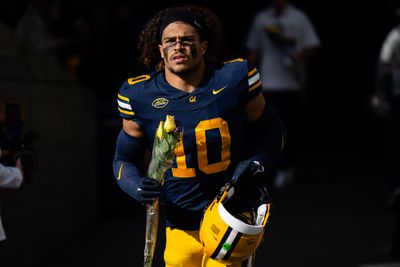
Photo by Thien-An Truong/ISI Photos/Getty Images
Teddye Buchanan
The Ravens drafted Buchanan in the fourth round out of California to address their need at inside linebacker – a position lacking depth after Malik Harrison and Chris Board departed in free agency. If Trenton Simpson can develop into the every-down linebacker the Ravens hope he can be, then Buchanan likely won’t play a huge defensive factor in Year 1. However, regardless he figures to be an immediate significant special teams contributor, where Board shined for many years. Buchanan has the potential to carve out a rotational role at linebacker as the season goes on.
Role: Backup Linebacker, Core Special Teamer
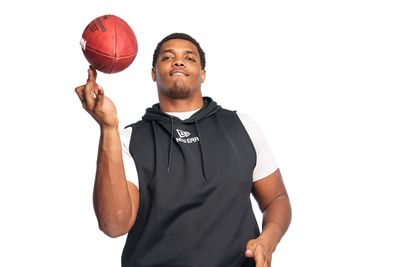
Photo by Todd Rosenberg/Getty Images
Carson Vinson
After drafting Jones in Round 3, the Ravens double-dipped with offensive tackles by taking Carson Vinson out of Alabama A&M two rounds late. Vinson was a stud at the small-school level and possesses years of experience at left tackle. He projects as a developmental talent in the NFL, though, with much room to grow in terms of refinement, consistency, and technique. Once these attributes catch up to his raw physical traits, Vinson could become a starter-level player. It will help him to shadow behind Ronnie Stanley as a primary backup.
Role: Backup Offensive Tackle
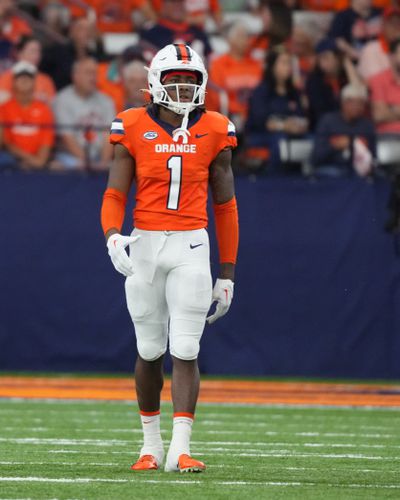
Photo by Gregory Fisher/Icon Sportswire via Getty Images
Bilhal Kone
The Ravens traditionally love cornerbacks with good size and length, who play well in press man coverage. Western Kentucky’s Bilhal Kone fits that profile at 6-foot-2 with experience playing the boundary. Kone’s tackling abilities will need to develop further at the NFL level but he has a good foundation to eventually develop into a starter-caliber cornerback. His early chances of doing that in Baltimore are slim, but he can play a valuable backup and special teams role from the onset while waiting in the wings for a larger opportunity.
Role: Backup Cornerback
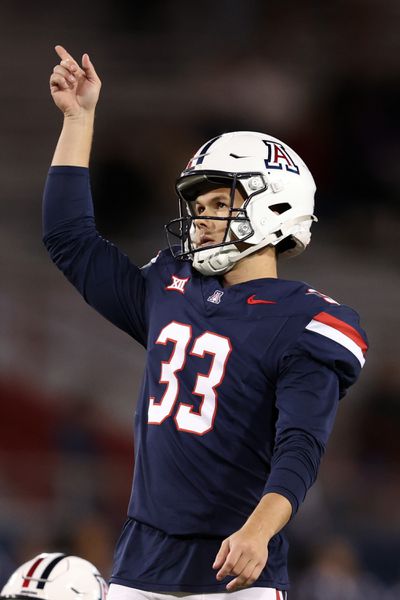
Photo by Chris Coduto/Getty Images
Tyler Loop
Loop is the first kicker the Ravens have ever drafted in franchise history. The Arizona product has a strong leg and the Ravens became enamored with him during their scouring process. Loop’s rookie season is contigent upon the status of Justin Tucker, who is on shaky ground until a conclusion to his situation comes about. If there is a resolution and Tucker winds up remaining in the fold, Loop would likely be released and the Ravens would attempt to sign him to their practice squad if he’s not scooped up elsewhere. However, if the Ravens part ways with Tucker, then Loop will immediately step in as the heir to the throne and starting kicker.
Role: Starting Kicker or Practice Squad Candidate
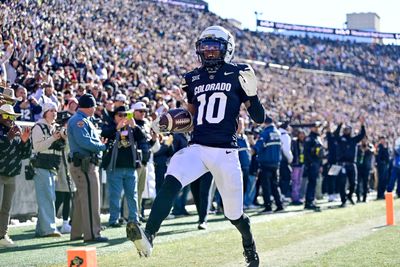
Photo by Dustin Bradford/Getty Images
LaJohntay Wester
The Ravens’ lone wide receiver draft pick this year was slot and return specialist LaJontay Wester out of Colorado. Wester fell to the sixth round despite a strong five-year statistical collegiate career. Wester will be the immediate favorite to secure the No. 6 wide receiver spot on a crowded depth chart, where the Ravens already have five solidified wideouts and their starters set. Wester’s experience as a returner on special teams will help his chances of making the final roster, but he’s unlikely to make a big impact on offense unless there were injuries to players above him in the pecking order.
Role: Backup Wide Receiver and Return Specialist
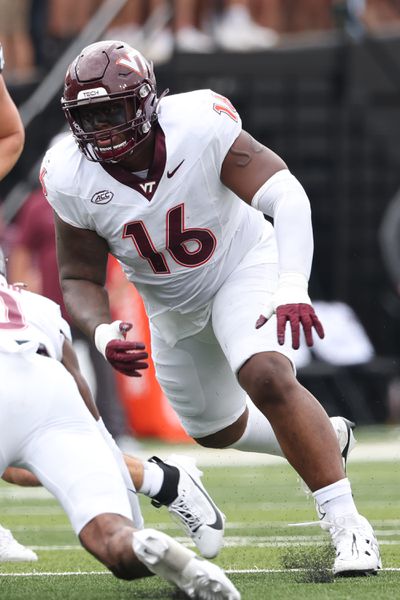
Photo by Johnnie Izquierdo/Getty Images
Aeneas Peebles
Of all the team’s mid-to-late round draft picks, Aeneas Peebles out of Virginia Tech may have the best chance to make an impact right away. That’s because the Ravens are thin on the defensive line and Peebles was their only draft selection at this position. Peebles was, though, rated much higher as a prospect by some than where the Ravens drafted him in the sixth round. He should be in-line to play some rotational snaps behind Justin Madubuike, Travis Jones, and Broderick Washington right away. The Ravens could still supplement this group with another veteran or two, which may impact Peebles’ eventual role come August and September.
Role: Rotational Defensive Lineman
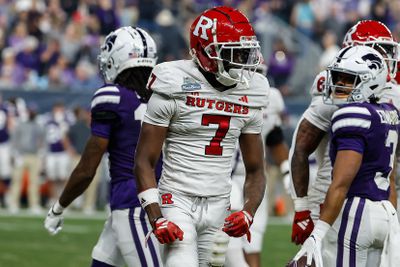
Photo by Kevin Abele/Icon Sportswire via Getty Images
Robert Longerbeam
Longerbeam was the second-to-last draft pick the Ravens made but is a sleeper candidate to exceed expectations. The Rutgers product plays an aggressive style of cornerback and was a playmaker in the slot in college. He has some athletic limitations and needs to develop further but has good intangibles and instincts. The Ravens cornerback room is crowded and Longerbeam will compete with Kone for a spot in the back-half of the depth chart, with the potential to climb.
Role: Backup Cornerback
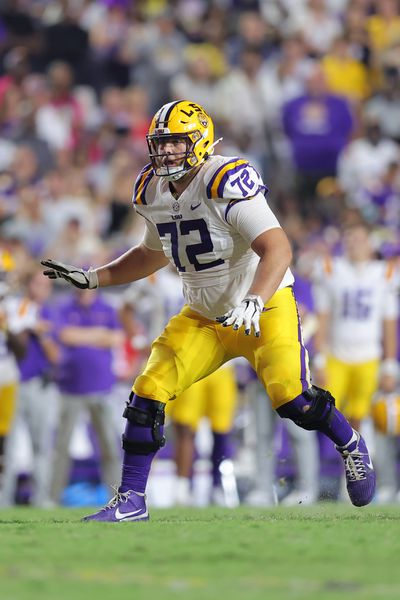
Photo by Jonathan Bachman/Getty Images
Garrett Dellinger
The Ravens’ final draft pick of the class was LSU’s Garrett Dellginer, who will join his collegiate teammate Emory Jones in Baltimore. Dellinger started a lot of games for LSU as an offensive guard. The Ravens have a crowded interior offensive line group, but Dellinger’s experience might him a good chance to acclimate well early on. There’s a history in Baltimore of later-round offensive line picks exceeding expectations.
Role: Backup Offensive Guard